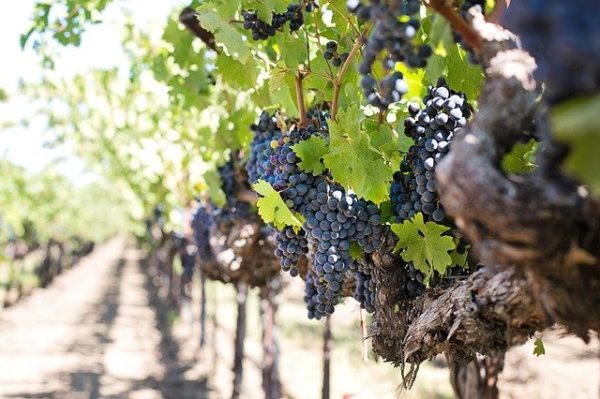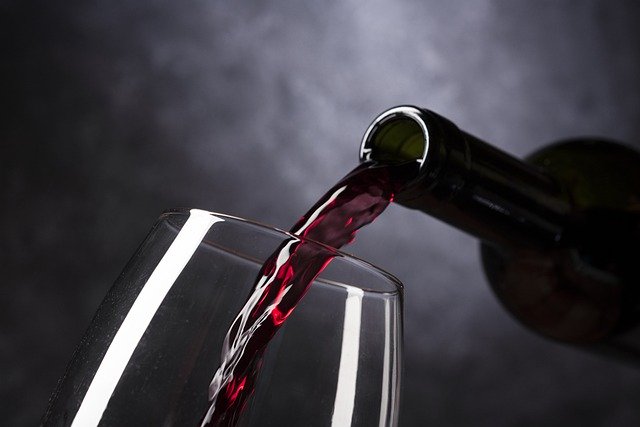There is no time like the present to learn how to appreciate wine. Capetonians are lucky enough to be surrounded by the finest vineyards South Africa has to offer. Wine production dates back as far as 8000 BC. An ancient winery unearthed in Armenia is believed to be the oldest winery, there was also grape residue discovered in Georgia and even a trail of vino all the way in Turkey.
The ancient art of wine-making has fascinated millions through the ages.
To better understand what goes into the highly-sophisticated art of producing wine, you should start at the very basic understanding of wine terms. Step one is to get acquainted with the words. Open up a bottle of wine and sip on a glass while trying to understand the meaning behind the words.

WINEdex:
Acidity: Describes the sharp taste in your mouth, a crisp or almost sour flavour when sipping wine.
Aeration: Done by swirling wine around in a glass. This process exposes the wine to oxygen which softens the taste.
Aging: The process of keeping wine in tanks or barrels to refine the taste and advance the flavours.
Blend: This refers to combining more than one wine or grape together to make one wine.
Body: Most commonly used to explain the texture and weight of a wine when consumed. The body could be full, light or medium.
Clarity: Is about the wine’s reflective quality. It should be clear and bright without any haze.
Depth: This refers to the intensity and complexity of a wine, and the several layers of flavour. This includes the colour as well.
Dessert Wine: A type of wine with a high sugar content.
Estate Wine: Wines made from grapes grown on that very estate.
Fermentation: The process of yeast converting sugars to alcohol.
Fortified wine – Many styles of wines have been created by adding a distilled spirit. Sherry, Port, Vermouth and Marsala wine are examples of fortified wines.
Legs: If you swirl your wine, the legs refer to the streaks that roll down the glass when you stop. Many think it alludes to the sweetness or quality of the wine, this has been disproved.
Nose: The nose refers to the aroma of the bouquet of flavours found in a wine.
Oak: Wine is aged in oak barrels. Winemakers tell you about the type of oak the wine was aged in. Old oak means the flavouring is milder while new oak makes it stronger.
Pressing: The process of grapes being pressed and juices extracted during winemaking.
Residual Sugar: The amount of sugar remaining after fermentation takes place. Sweet wines have more residual sugars than dry wines.
Reserve – The winery’s best quality wines are called a reserve.
Red wine – Wine produced from black-skinned grapes. The colour varies from lighter to darker red.
Sediment: It is solid materials found in aged wines. Decanting the wine is a solution to leaving sediments behind.
Single vineyard – Wine created from grapes picked from a single vineyard.
Sommelier – A very knowledgeable person on the understanding of wine. Someone who has done extensive training and classes on the topic.
Sparkling wine – A wine with bubbles is referred to as a sparkling wine.
Structure – This refers to the acidity, alcohol content, tannins and flavours of a wine.
Tannins – Flavours from seeds, stems and skins of the grape are called tannins. It is the bitter part of the wine.
Table wine – A wine that is ready to drink, one that doesn’t cost too much but tastes good all the same.
Varietal – Refers to the type of grape used to produce a wine.
Vin – Is the French name for wine.
Vinification – The wine-making process of fermenting grapes into wine.
Vintage – Contrary to popular belief, the vintage is not the year in which the wine was bottled, it actually refers to the year in which the grapes were harvested for that bottle of wine.
Viticulture – The cultivation of grape vines.
White wine – This wine is fermented without the skins, from red or green grapes.
Wood aging – Wines are placed in wood barrels to soften the tannin and acid levels, as well as add woody flavours to it.
Yield: Refers to the overall productivity of a vineyard.
Pictures: Pixabay

